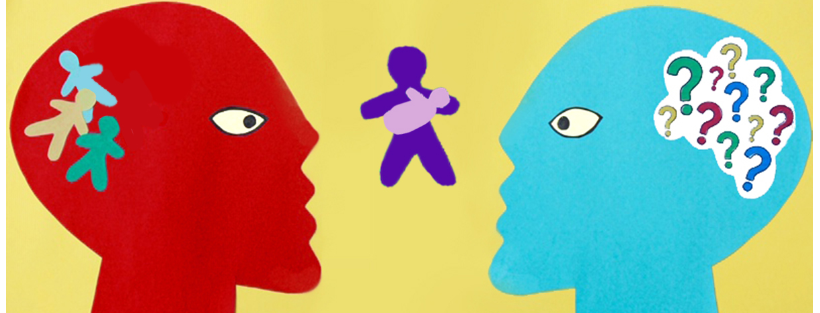Dissociative Identity Disorder (DID), formerly known as multiple personality disorder, is one of the most intriguing and controversial diagnoses in the mental health field. It is characterized by the presence of two or more distinct identity states or personality states that recurrently take control of an individual’s behavior. This article seeks to illuminate the complexities of DID, detailing its symptoms, causes, prevalence, and treatment options.
Definition:
- Dissociative Identity Disorder (DID) is a severe form of dissociation, a mental process that produces a lack of connection in a person’s thoughts, memory, and sense of identity.
Prevalence:
- DID is rare, affecting about 1% of the general population.
- The disorder is more commonly reported in women than in men, though men may be less likely to seek treatment.
- Symptoms typically begin in childhood as a result of severe and prolonged trauma, but the disorder may not be diagnosed until much later in life.
Risk Factors:
- Severe Trauma: DID is strongly associated with early life trauma, especially severe physical and sexual abuse.
- Duration of Trauma: Extended or repeated trauma increases the risk of developing DID.
- Inability to Cope: Individuals who have a lower ability to dissociate mentally from painful circumstances may develop DID as a coping mechanism.
- Family History: A family history of dissociative disorders or other mental health disorders may increase the risk.
- Environmental Factors: Unstable or unsafe living conditions and lack of a supportive social network can contribute to the severity of the disorder.
Signs and Symptoms:
- Multiple Personalities: Two or more distinct identities or personality states appear and recurrently take control of behavior.
- Amnesia: Gaps in memory regarding everyday events, personal information, and traumatic occurrences.
- Depersonalization: Feelings of detachment from one’s emotions or body.
- Derealization: A sense of detachment from one’s surroundings.
- Identity Confusion: A profound confusion about one’s sense of self.
- Emotional Swings: The emotional characteristics of different identities may be dramatically different and conflicting.
Treatment:
- Psychotherapy: Also known as talk therapy, it is the primary treatment for DID and involves helping individuals integrate different aspects of their identity.
- Cognitive Behavioral Therapy (CBT): Helps patients manage symptoms and improve emotional regulation.
- Dialectical Behavior Therapy (DBT): Focuses on teaching coping skills to manage stress, regulate emotions, and improve relationships.
- Medication: There are no specific medications to treat DID, but antidepressants, anti-anxiety medications, or antipsychotic drugs may be used to treat co-occurring symptoms.
- Family Therapy: Helps family members understand the disorder and provides them with tools to support the individual.
Conclusion: Dissociative Identity Disorder is a complex and often misunderstood condition that can significantly disrupt lives. However, with appropriate treatment and support, individuals with DID can lead healthy, productive lives. Understanding and awareness are key to addressing the needs of those affected and ensuring they receive the compassion and care they deserve.
For more detailed information on DID and available resources, consider visiting:




